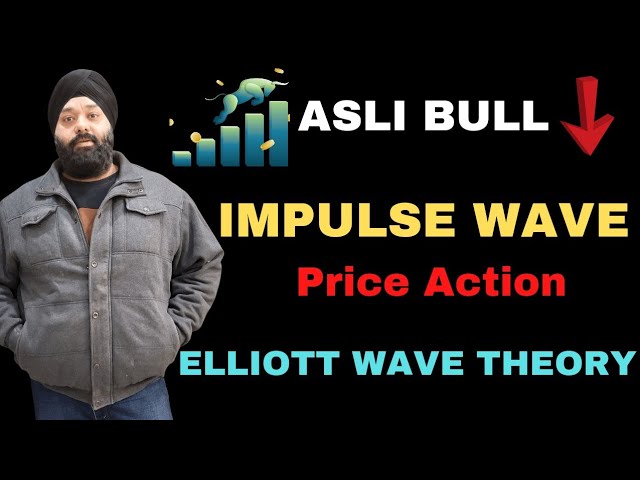The Impulse Wave Pattern is a fundamental concept within Elliott Wave Theory, offering insights into the primary direction of market trends and providing valuable information for traders. In this overview, we’ll explore how the Impulse Wave Pattern works and its significance within the broader framework of Elliott Wave Theory.
Overview of Impulse Wave Pattern
The Impulse Wave Pattern is characterized by a series of consecutive price movements that follow a specific sequence of upward or downward momentum. It typically consists of five waves labeled 1, 2, 3, 4, and 5, with each wave representing a distinct phase of the trend.
How It Works
The Impulse Wave Pattern unfolds in the following sequence:
- Wave 1: The first wave marks the initial move in the direction of the prevailing trend. It often begins with a surge in buying or selling activity as market participants react to new information or changing market conditions.
- Wave 2: Following the completion of Wave 1, Wave 2 represents a corrective pullback against the primary trend. It typically retraces a portion of the gains or losses from Wave 1 but does not exceed its starting point.
- Wave 3: Wave 3 is often the most significant and powerful wave within the Impulse Wave Pattern. It reflects a strong continuation of the trend, with widespread participation from buyers or sellers driving prices further in the direction of the primary trend.
- Wave 4: After the completion of Wave 3, Wave 4 represents another corrective phase in which prices temporarily retrace against the trend. Wave 4 often exhibits lower volatility and trading volume compared to Wave 3.
- Wave 5: The final wave in the Impulse Wave Pattern, Wave 5, completes the sequence by extending the trend further in the direction of the primary trend. It may exhibit signs of divergence or weakening momentum as the trend approaches exhaustion.
Elliott Wave Theory Perspective
From the perspective of Elliott Wave Theory, the Impulse Wave Pattern is a key component in understanding market trends and forecasting future price movements. It reflects the collective psychology of market participants and provides valuable insights into the underlying strength or weakness of the trend.
Conclusion
The Impulse Wave Pattern is a foundational concept within Elliott Wave Theory, offering traders a framework for analyzing market trends and identifying potential trading opportunities. By understanding how the Impulse Wave Pattern works and its significance within the broader context of Elliott Wave Theory, traders can gain a deeper understanding of market dynamics and improve their trading strategies.
Please note that while the Impulse Wave Pattern provides valuable insights into market behavior, trading involves risk, and individual results may vary. It’s essential to combine Elliott Wave analysis with other technical and fundamental analysis techniques and practice proper risk management to achieve consistent trading success.
